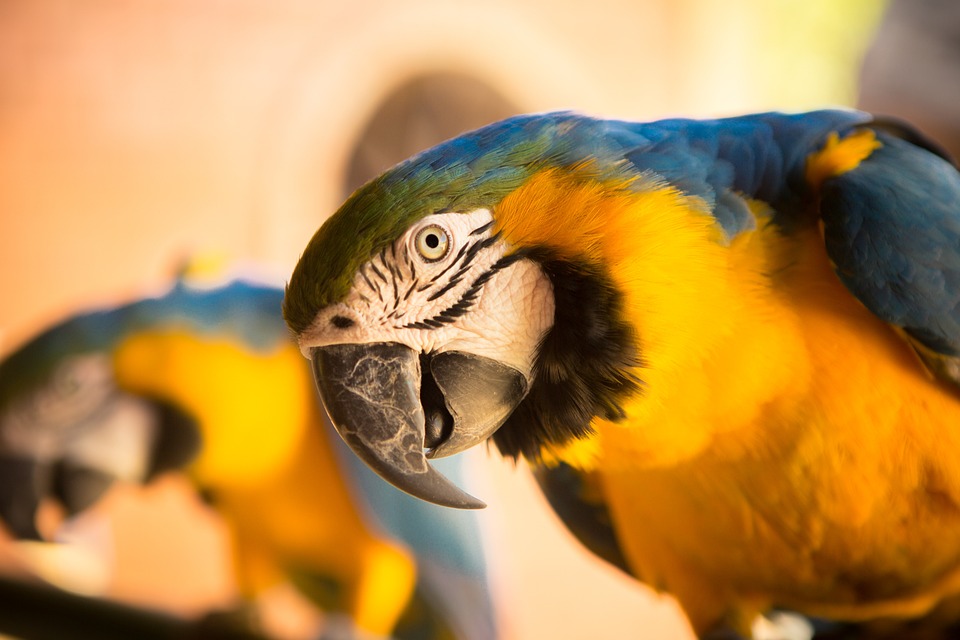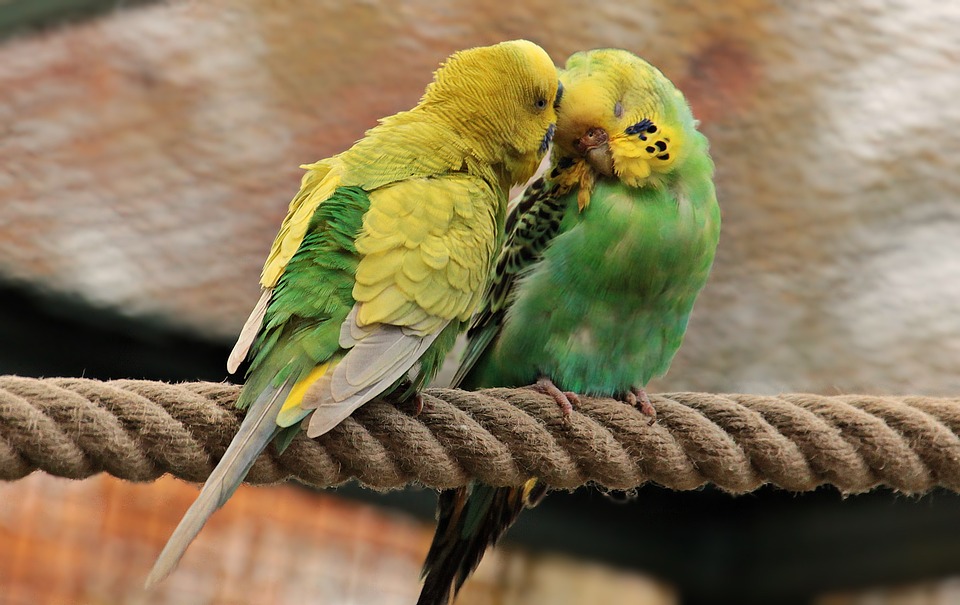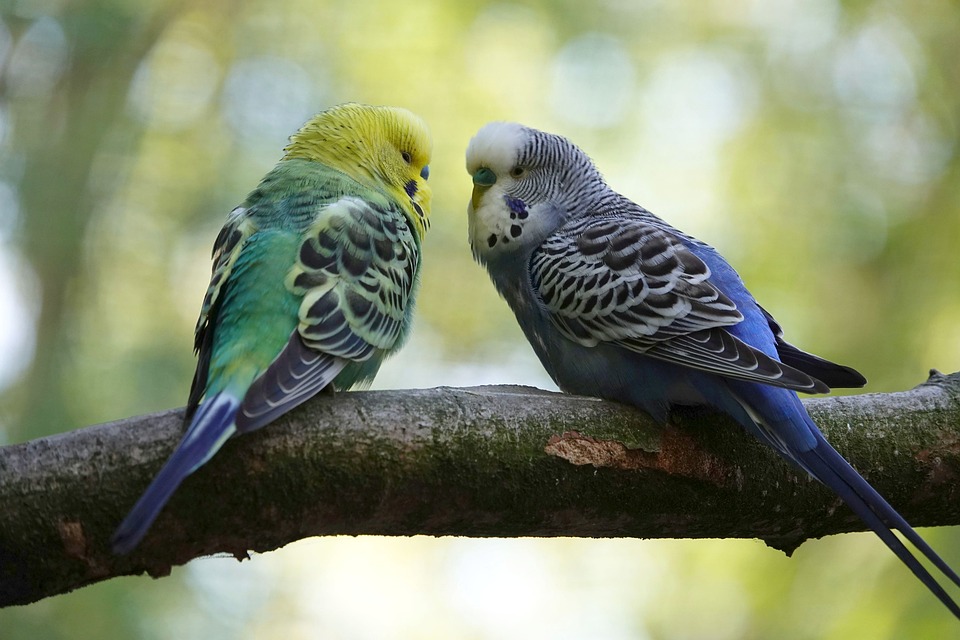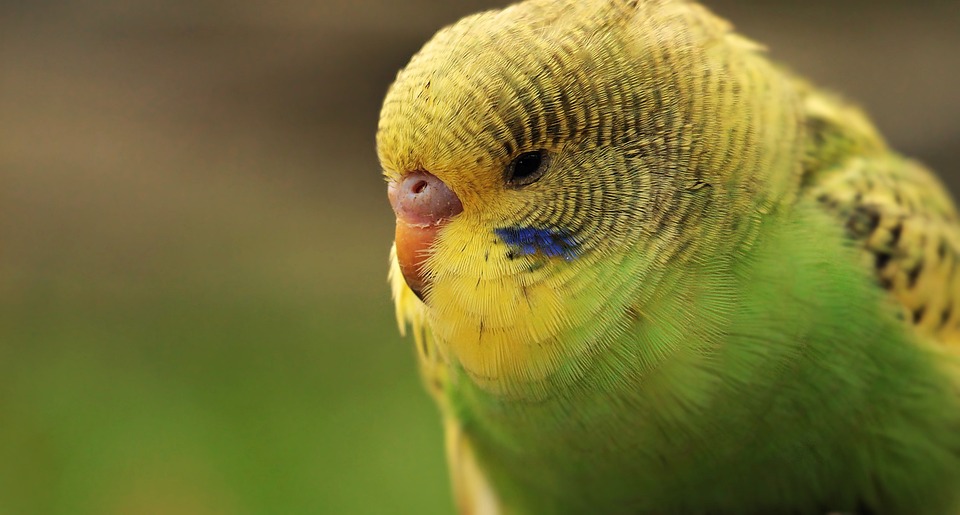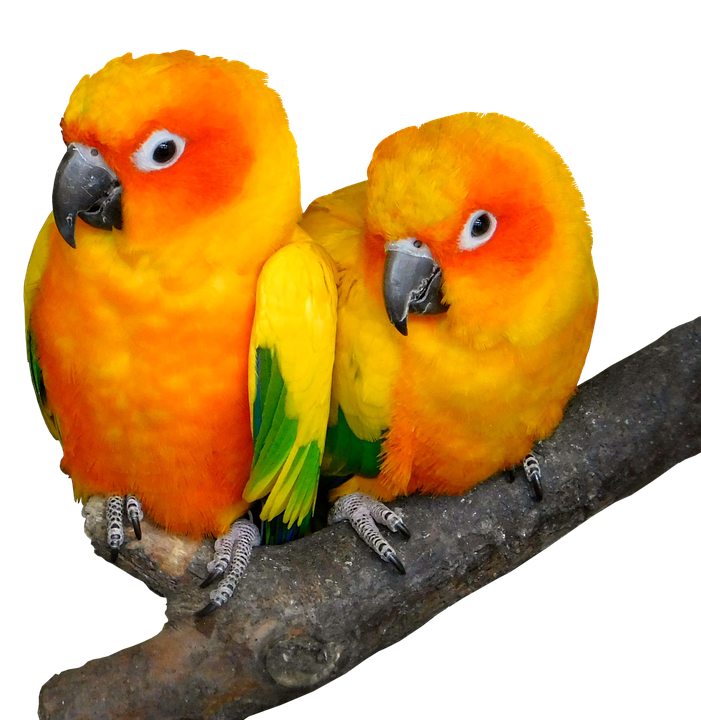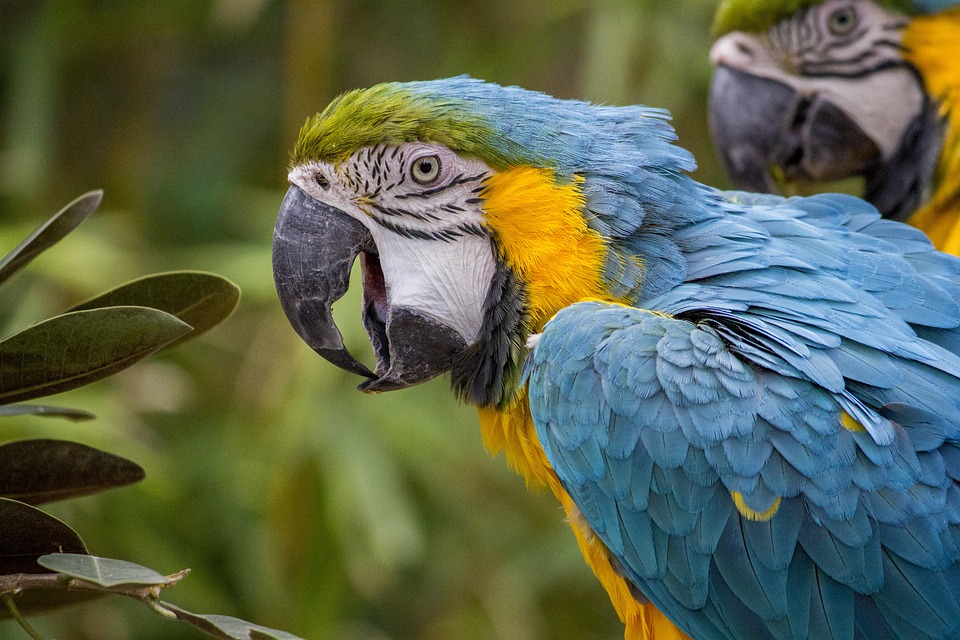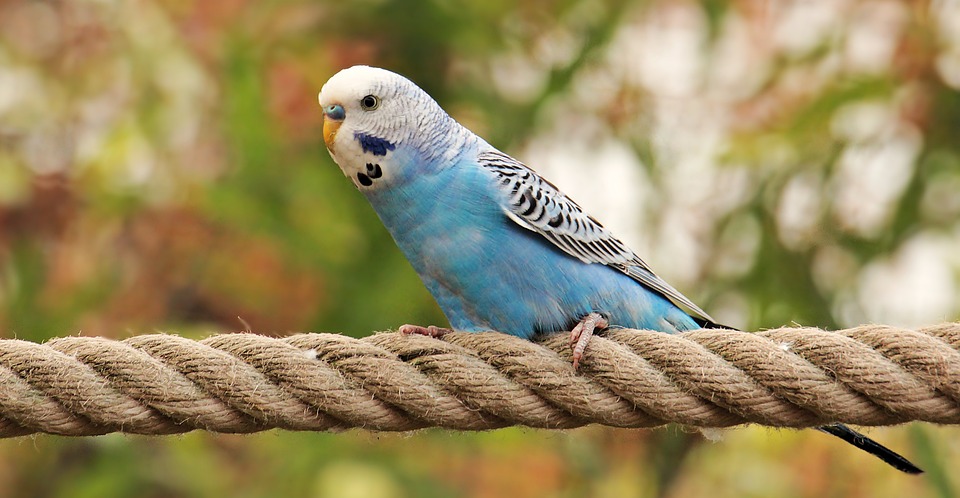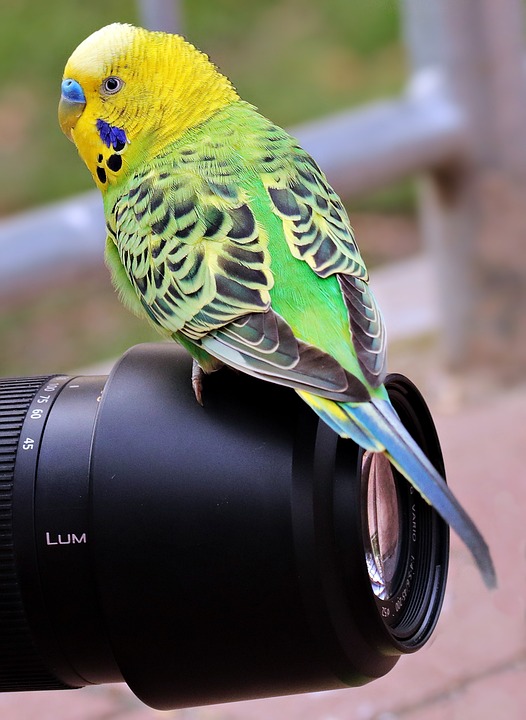Parrots are highly intelligent and social creatures that require mental and emotional stimulation to thrive. As responsible parrot owners, it’s crucial to understand the signs of contentment and satisfaction in our feathered friends. By recognizing these signs, we can ensure that our parrots are happy and well-adjusted. In this article, we will explore various indicators of contentment in parrots and provide insights into their behavior. Additionally, we will address commonly asked questions about parrot contentment.
Understanding Parrot Behavior
Before we delve into the signs of contentment in parrots, it’s essential to familiarize ourselves with their general behavior. Parrots are highly social birds that form strong bonds with their human caregivers. They communicate through vocalizations, body language, and physical interactions. Understanding these communication methods will help us recognize signs of contentment in our parrots.
Signs of Contentment in Parrots
Parrots exhibit several indicators of contentment when they are happy and satisfied. By observing their physical state, vocalizations, and body language, we can gauge their overall well-being.
Physical Indicators of Contentment
A content parrot will have a relaxed body posture, with feathers smooth and slightly fluffed. Preening behaviors are often observed when parrots are content, as they gently groom their feathers to maintain cleanliness and appearance. A healthy and content parrot will have a good appetite and exhibit enthusiastic feeding behavior. Additionally, content parrots have bright, alert eyes and vibrant, well-groomed feathers.
Vocalizations and Sounds
Content parrots may produce soft, low-pitched vocalizations that denote relaxation and satisfaction. Some parrots may emit a soft, purring or grinding sound when they are content. This sound often accompanies a relaxed body posture.
Body Language
A content parrot will have a relaxed body stance, with wings held close to the body and tail feathers positioned comfortably. Parrots that engage in playful activities, such as hanging upside down or tossing toys, are likely content and mentally stimulated. Additionally, a content parrot will display trust and comfort around its human caregiver, willingly stepping up onto their hand or shoulder without signs of fear or aggression.
FAQs about Parrot Contentment
Q: How long does it take for a parrot to become content in a new environment?
A: The time it takes for a parrot to adjust to a new environment varies. It can take anywhere from a few weeks to several months for a parrot to feel completely comfortable in a new home. Patience, consistency, and a nurturing environment are essential during this transition period.
Q: Why is it important to provide mental stimulation for parrots?
A: Parrots are highly intelligent creatures that require mental stimulation to prevent boredom and maintain their overall well-being. Lack of mental stimulation can lead to behavioral issues, such as feather plucking or excessive screaming. Providing toys, puzzles, and regular interaction helps keep their minds engaged and content.
Q: What are some common behavioral signs of discontentment in parrots?
A: Signs of discontentment in parrots may include excessive screaming, feather plucking, loss of appetite, aggression, excessive pacing, or self-mutilation. These behaviors often indicate underlying issues that need to be addressed promptly.
Q: Can parrots become depressed or anxious if they are not content?
A: Yes, parrots can develop depression, anxiety, or other behavioral issues if they are not content in their environment. Proper socialization, mental stimulation, and a nurturing atmosphere are crucial to their emotional well-being.
Q: How can I enhance my parrot’s environment to promote contentment?
A: To enhance your parrot’s environment, provide a spacious cage with plenty of toys, perches of different sizes, and various textures to explore. Regular out-of-cage time for exercise and socialization, as well as a balanced diet, are also essential. Additionally, engaging in positive reinforcement training and spending quality time with your parrot will further promote their contentment.
By recognizing and understanding the signs of contentment in parrots, we can ensure their well-being and build a strong bond with these intelligent and fascinating creatures. Remember, a happy parrot is a healthy parrot!

